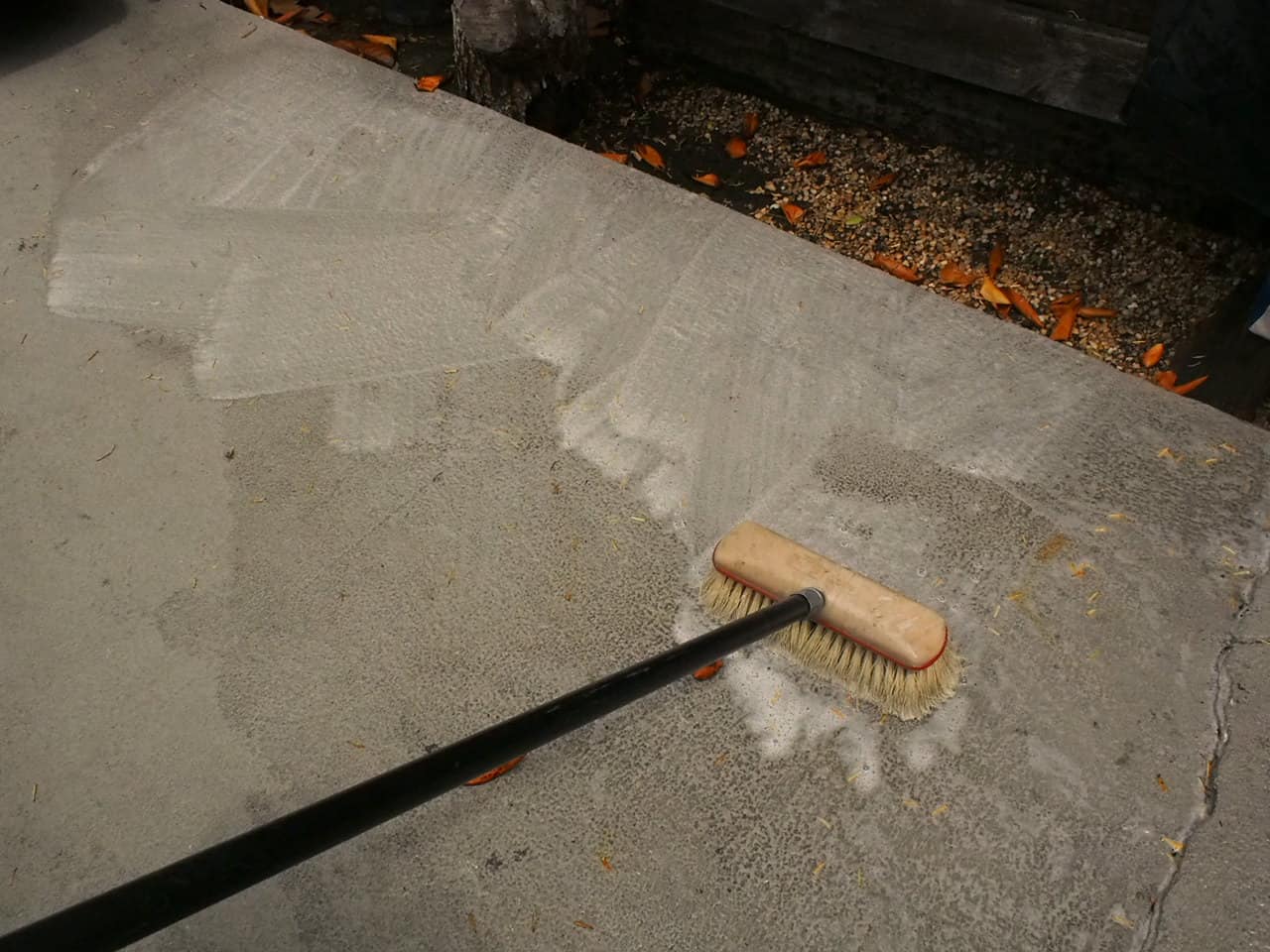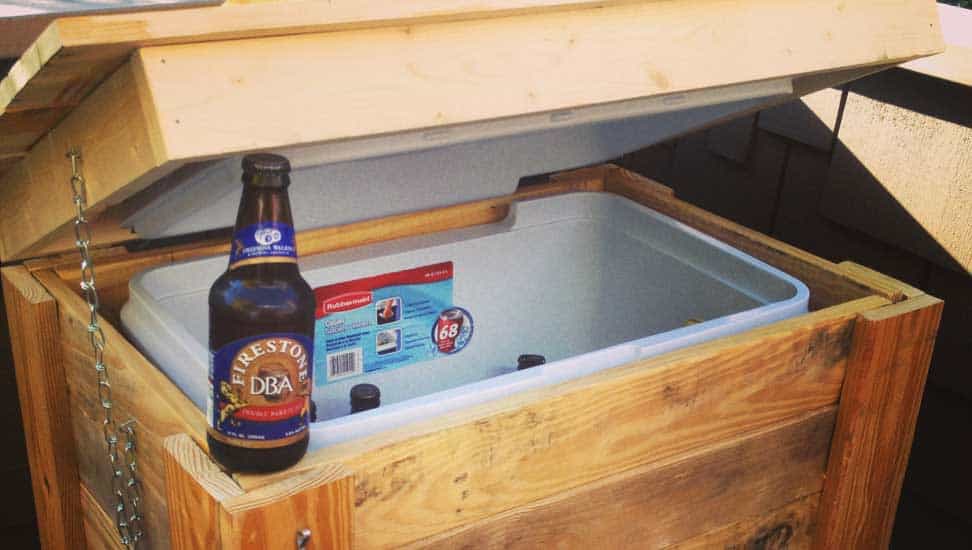
When my husband and I purchased our home, a major selling factor was the kitchen. It had been added onto our 110+ year old house within our lifetimes, was spacious, had lots of storage, and was definitely large enough for the two of us to be in the space simultaneously without stepping on one another’s toes. The only downside was the decor. Despite painting the cabinets, adding hardware, tattooing the tile and trying to accessorize the space to be more in line with what was attractive and useful in the space for us, one thing we couldn’t ignore was the floor.
The linoleum was relatively new and pretty decent quality, but it was so out of place with the bright, graphic kitchen we were trying to accomplish. And we didn’t have the budget to completely replace the floor, so we took a risk and did the near-unimaginable in home renovation.

We bought vinyl floor tiles and set out to lay them on top of the existing floor.
Vinyl tiles get a bad rap — they often are unattractive, unreliable, and can be incredibly difficult to work with. However, there are so many different kinds on the market now, made to look like nearly every surface imaginable (some are even groutable!) that it’s a hard alternative to ignore compared with large flooring projects. After talking with a friend who had previously been a contractor, it seemed worth a shot for our situation. So if you don’t have the budget for brand new flooring, but need a quick fix or just want a new look, here are my tried-and-true tips for laying a vinyl tile floor:
1) Start on a straight wall without many obstacles, like cabinetry or doorways.
2) Clean the floor like you’ve never cleaned it before. A bucket and a sponge and some elbow grease are definitely in order. Let the floor dry, or if you’re in a hurry, use paper towels to mop it up (regular towels will leave lint that can make tile adhesion not awesome.
3) Measure the wall and find a middle point. That’s where you’re going to lay your first tile. Mark the place with chalk, pencil lines, whatever works for you.
4) Look at the paper on the back of the tile. There should be arrows all pointing in one direction. Make sure those arrows are pointing into your room, then carefully peel the paper from the tile and lay it down on your middle point.
5) Get your next tile and look at the arrows on the back again. Turn your tile 90 degrees from the first tile — this ensures that the pattern on the tile doesn’t get too linear, but instead meshes on a greater scale. Lay the next tile OUT from the wall, next to the first tile. DO NOT follow the line of the wall — it may not be as straight as you think it is.
6) Keep laying the tile OUT from the wall until you have a long line cutting your room in half.
7) BE METICULOUS about laying the tile. Get the seams as close as humanly possible to make a cohesive floor. Use a straight edge if you prefer.
8) If your tile doesn’t reach all the way to the other side of the room without needing to cut a piece, stop. Go back to the starting wall and begin a new row of tile on either side of your initial row. Repeat until you need to make a cut again, then start over until you’ve covered as much of the floor as possible with whole tiles.
9) Use a tape measure to gauge how big your cuts need to be. Be mindful of the pattern on the tile so that your cut pieces match your uncut pieces, and remember to continue to rotate the tiles 90 degrees with each piece laid. Then, using a straight edge as a guide, use a utility knife to make a clear cut into the tile. Lay it down.
10) Save the most complicated cuts for last, like around rounded edges or ones that go into doorways.
11) Know that you’re going to make mistakes, and don’t beat yourself up about it. Just make sure you have enough tile to make extra cuts if need be.
12) Use a floor roller (or a broom or dry mop and some strength) to push down on all your tiles to get them really stuck to the floor. The last thing you want is to have a random tile pop up on you.
13) Hold on to any extra tile you have, in case you need to make repairs or replace a tile that didn’t adhere properly.
14) Stand back and admire your handiwork.
I laid our black-and-white candy shop flooring in the span of about six hours one day, and three years later it’s held up more beautifully than I could have hoped — especially with our growing number of pets and children giving it a daily beating. I trust it enough that I’ve actually used it in our main bathroom as well, until we can afford to properly gut and renovate that space.
Have you ever used vinyl tiles as flooring? Have any success or horror stories? Let us know in the comments what you think about using vinyl tiles in your home!




No Comments